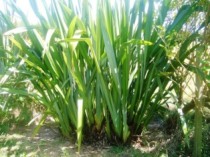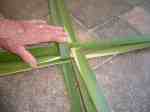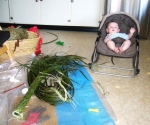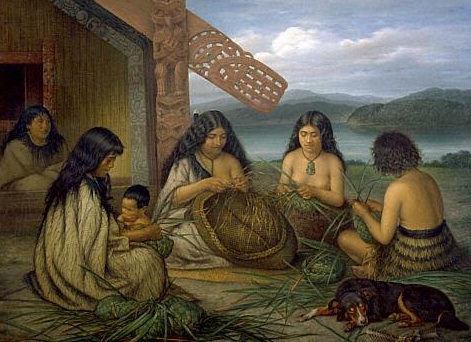Two Fun days of Raranga Harakeke/ Flax weaving
January 23rd & 24th 2010
Venue Mt St Joseph’s Retreat Centre 14 Hillside Terrace Whanganui .
Learn to make Potae/hats

The focus of this weekend workshop will be making potae/hats .
A harakeke potae is sunsafe and unique. You can make a stylie sun hat in your own design. you will learn many techniques which will assist you to extend your weaving ability.
You can learn to make kono/ gift basket and waikawa/ large all purpose basket. Learn to make unique gift baskets from prepared harakeke.
Harakeke/flax both prepared, dyed and unprepared will be available.
Call 063422920 or email merekeating@gmail.com

Learn the basics. Learn to weave a kono( small basket) from prepared flax. Make up to three kono. Learn about collecting and processing harakeke/flax. Take your kono home.
Essential things for a weaving kit to bring with you to start with:
- large sheet clear plastic for wrapping flax in
- sharp knife for cutting flax from plant
- A dozen spring clothes pegs
- A rigid handle putty knife {traditionally a mussell shell is used
- Sharp scissors
- large crochet hook
- large needle
- Feathers or paua pieces for decorating
2 day workshop 9am -5pm each day. Learn to process own flax, make a Potae of own choice of design. Take your potae home
The Waikawa Basket is made from the whole blade . This is a good basket to make from blades taken from Harakeke plant not required for anything else. Ideal for storage. Perfect for keeping vegetables in.
Venue: Mt St Joseph’s Retreat Centre 14 Hillside Terrace Whanganui
Day and Date: 23rd & 24th January 2010
Student Fees:
2 day workshop: $180.00
Student numbers: 5 – 8
Prepared and unprepared flax will be provided.
Payment: On registration
Meremade Raranga Harakeke Registration
Name: ________________________________























You must be logged in to post a comment.